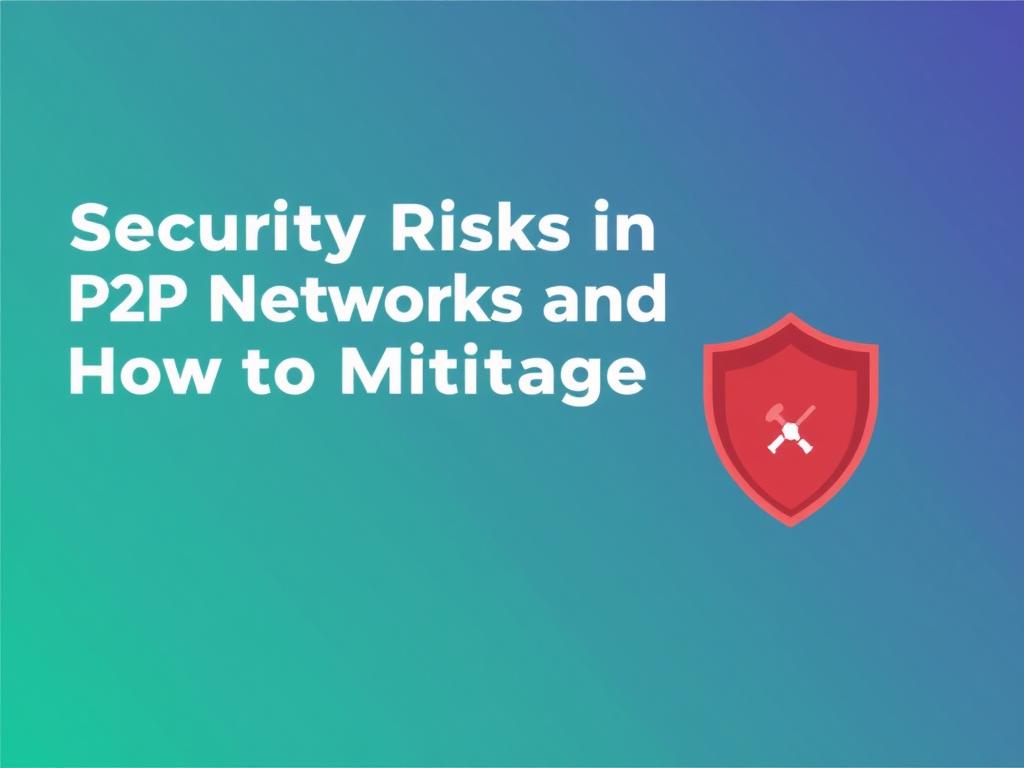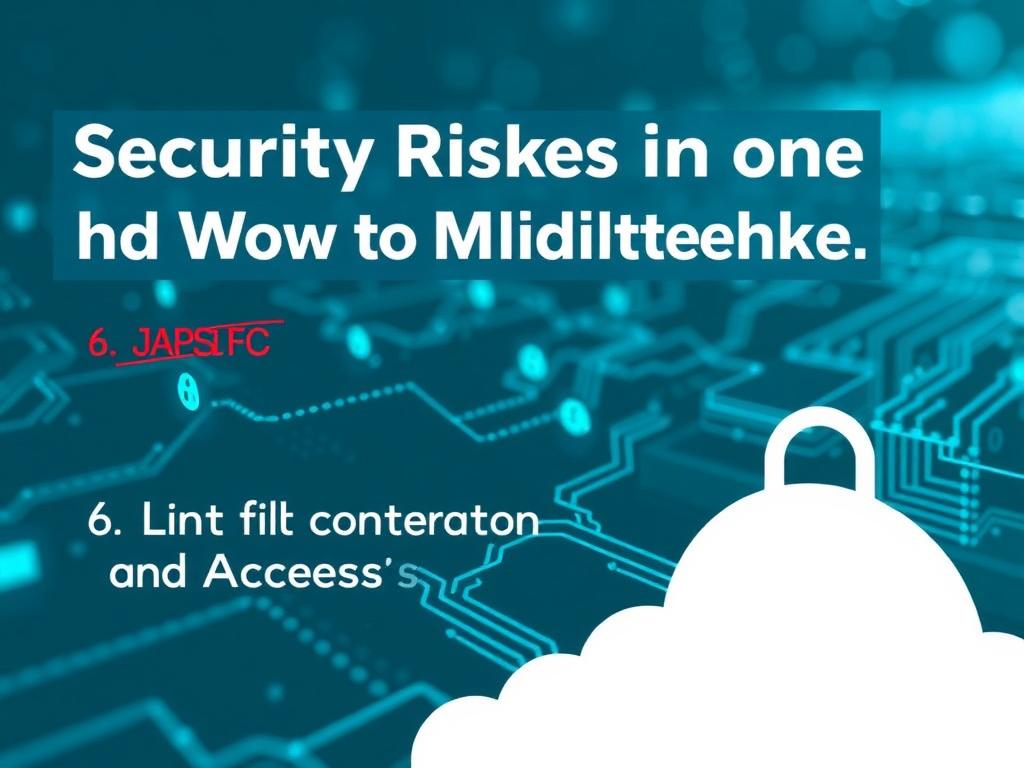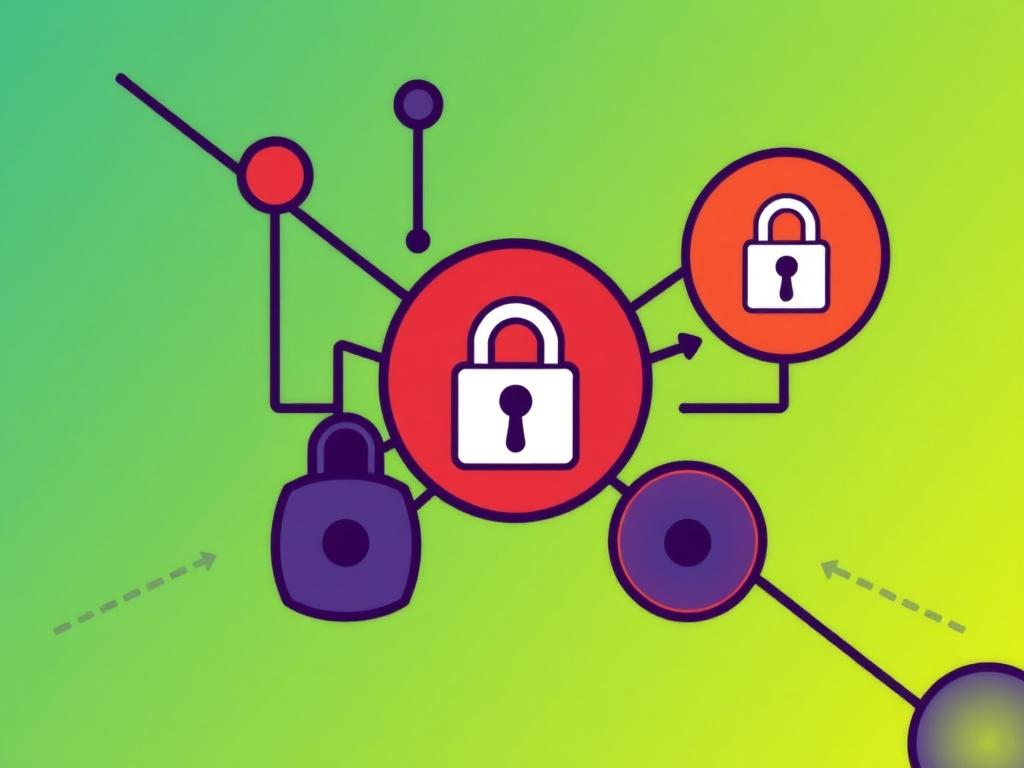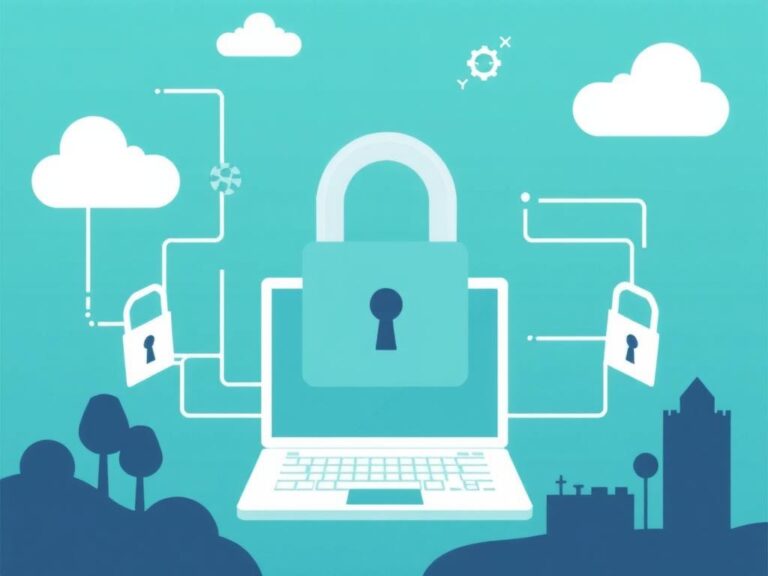Security Risks in P2P Networks and How to Mitigate Them
Peer-to-peer (P2P) networks have transformed the way we share information, files, and resources across the internet, enabling users to connect directly without relying on centralized servers. While P2P networks offer many advantages such as decentralization, cost savings, and scalability, they also come with a unique set of security risks. Understanding these risks is crucial for both individuals and organizations using P2P technologies to protect their data and privacy effectively. In this article, we’ll explore the most common security threats inherent in P2P networks and provide practical strategies to mitigate them and keep your data safe.
What is a P2P Network?
A P2P network is a decentralized communication model where each participant, or “peer,” acts as both a client and a server. Unlike traditional client-server networks, P2P allows users to share resources like files, bandwidth, and computing power directly with one another. This structure has made P2P popular for file-sharing applications such as BitTorrent, VoIP services like Skype, and even cryptocurrency mining platforms.
While this setup improves efficiency and resilience—since there is no single point of failure—it also opens up numerous security vulnerabilities. Because peers often connect directly and share data without rigorous oversight, the chances of encountering malicious actors or compromised data increase.
Common Security Risks in P2P Networks
P2P networks are fertile ground for various security risks. Here are some of the most prevalent threats users should be aware of:
1. Malware Distribution
One of the biggest dangers in P2P networks is the spread of malware. Cybercriminals often disguise viruses, worms, ransomware, or spyware within seemingly legitimate files shared on these networks. Users downloading and opening files from untrusted sources can inadvertently infect their devices, leading to data breaches or system damage.
2. Data Privacy Concerns
P2P networks often lack strong encryption or privacy controls, making it easier for unauthorized users to intercept or access sensitive information. Because data frequently travels directly from peer to peer, without passing through a secure intermediary, attackers can eavesdrop or perform man-in-the-middle attacks to capture personal or confidential data.
3. Identity Spoofing and Impersonation
In the P2P environment, identity verification is challenging. Malicious users can impersonate legitimate peers to spread malware, scam other users, or disrupt network operations. This threat is especially dangerous because there isn’t a central authority to authenticate or validate identities.
4. Free Rider Problem and Resource Exploitation

Some peers in a network may behave selfishly by consuming resources without contributing back, known as the free rider problem. This issue not only slows down the network but can be exploited by attackers aiming to degrade performance or launch denial-of-service attacks.
5. Data Integrity Risks
Since files are transferred from multiple, independent sources, there is a risk that the data may be corrupted, tampered with, or incomplete. Without robust integrity checks, users may download altered or malicious versions of files.
How to Mitigate Security Risks in P2P Networks
Mitigating these security risks requires a combination of technology, best practices, and user awareness. Let’s break down the most effective measures:
1. Use Trusted P2P Applications
Always choose reputable P2P applications that prioritize security features. Trusted clients often implement encryption, peer verification, and robust update mechanisms to patch vulnerabilities quickly. Avoid obscure or unverified programs, which could be Trojan horses for malware.
2. Implement Encryption Protocols
Ensuring that data transmitted within the P2P network is encrypted is fundamental. Protocols like TLS (Transport Layer Security) and secure variants of P2P communication protect against eavesdropping and man-in-the-middle attacks. When available, enable these encryption options in your P2P software.
3. Employ Strong Authentication Methods
Using digital certificates or cryptographic signatures can help verify peer identities, reducing the risk of impersonation. Some advanced P2P systems utilize blockchain or decentralized identifiers (DIDs) to authenticate users reliably.
4. Use Antivirus and Anti-Malware Tools

Regularly scanning files downloaded via P2P networks with up-to-date antivirus and anti-malware software helps catch infected files before they harm your system. Combining these tools with behavioral analysis software further improves detection.
5. Maintain Software Updates and Patches
Cyber attackers often exploit known software vulnerabilities. Keeping your P2P clients, operating systems, and security tools updated with the latest patches minimizes the attack surface.
6. Limit Shared Content and Access

Be cautious about what you share on the network. Avoid sharing sensitive or confidential data. Many P2P clients enable users to control permissions, restricting who can download or connect to your resources.
7. Monitor Network Activity
Regular monitoring helps detect unusual behavior or traffic patterns that could indicate a security breach. Network administrators can use intrusion detection systems (IDS) tailored for P2P environments.
Summary of Security Risks and Mitigation Strategies
| Security Risk | Description | Mitigation Strategy |
|---|---|---|
| Malware Distribution | Malicious software hidden in downloaded files | Use antivirus software; download from trusted peers |
| Data Privacy Concerns | Unauthorized access or interception of data | Enable encryption; use secure protocols |
| Identity Spoofing | Attackers impersonate legitimate peers | Deploy strong authentication mechanisms |
| Free Rider Problem | Peers consume resources without contributing | Implement contribution incentives and monitoring |
| Data Integrity Risks | Altered or corrupted file transfers | Use hashing and digital signatures for verification |
Best Practices for Safe P2P Network Usage
To further secure your experience on P2P networks, consider following this simple checklist:
- Always verify the source before downloading files.
- Keep your operating system and security software up to date.
- Avoid sharing sensitive personal or corporate data.
- Enable firewalls to control inbound and outbound connections.
- Educate yourself and your team about common P2P threats.
- Use virtual private networks (VPNs) to mask IP addresses and encrypt traffic.
- Regularly back up important files to prevent data loss.
Conclusion
While peer-to-peer networks offer remarkable flexibility and efficiency for resource sharing and communication, they are inevitably accompanied by critical security risks such as malware distribution, privacy breaches, and identity spoofing. However, these vulnerabilities do not have to deter you from leveraging P2P technology. By adopting trusted applications, implementing robust encryption, maintaining strong authentication practices, and staying vigilant with antivirus and system updates, users can significantly reduce the chances of compromise. Remember, security in P2P networks is a collaborative effort—successful mitigation depends on both technological safeguards and responsible user behavior. With the right approach, you can enjoy the benefits of P2P networks safely while protecting your data and privacy in today’s interconnected world.






